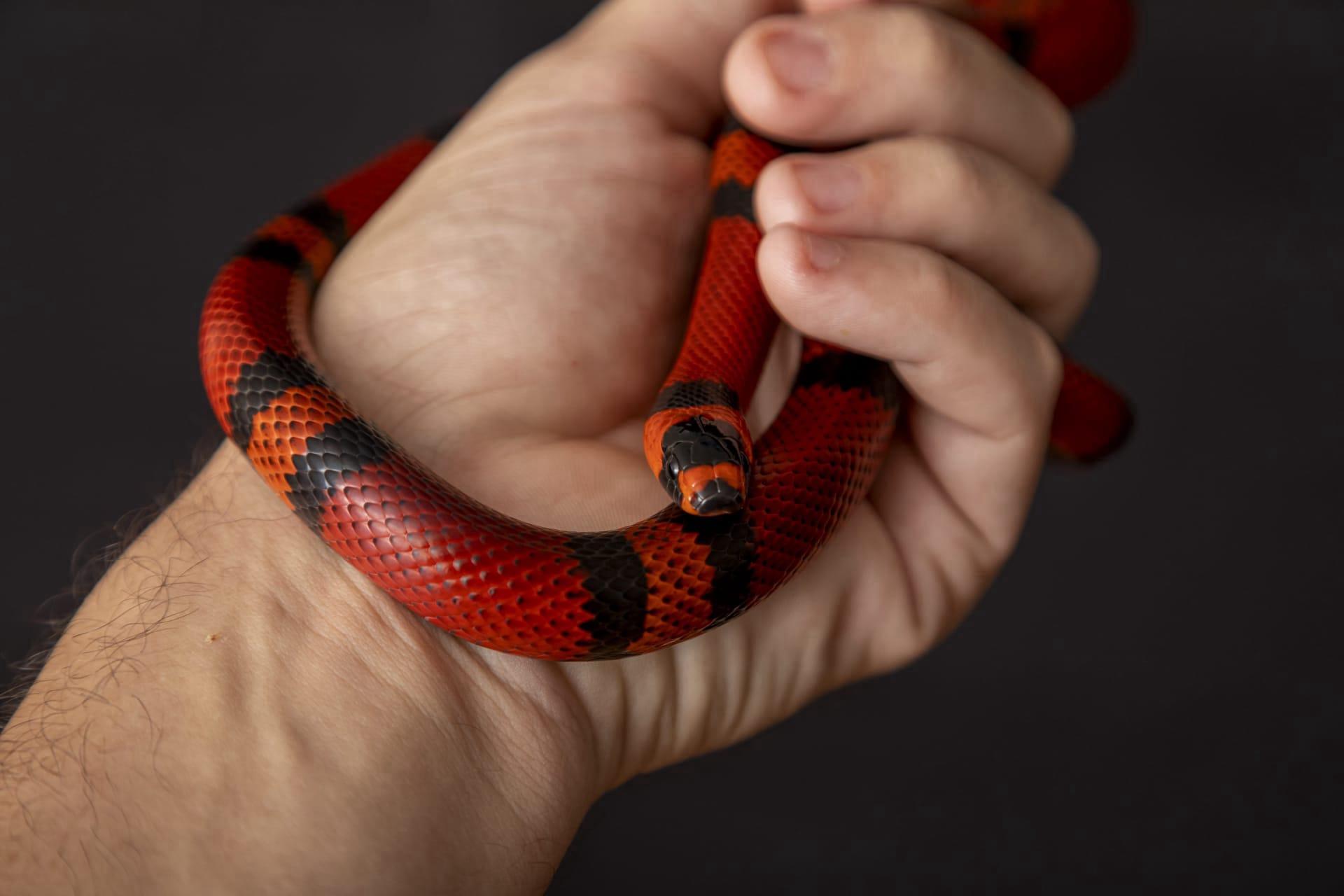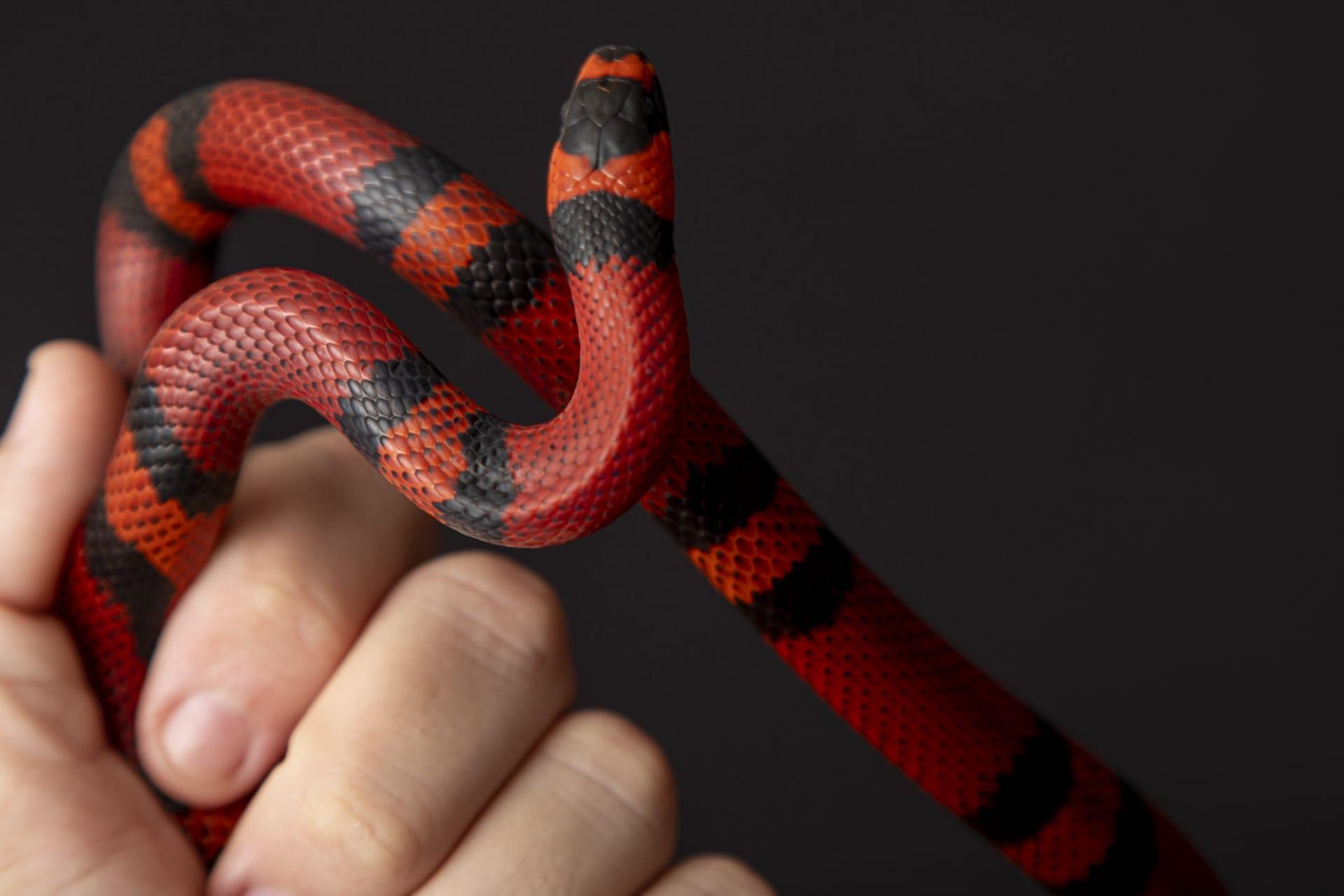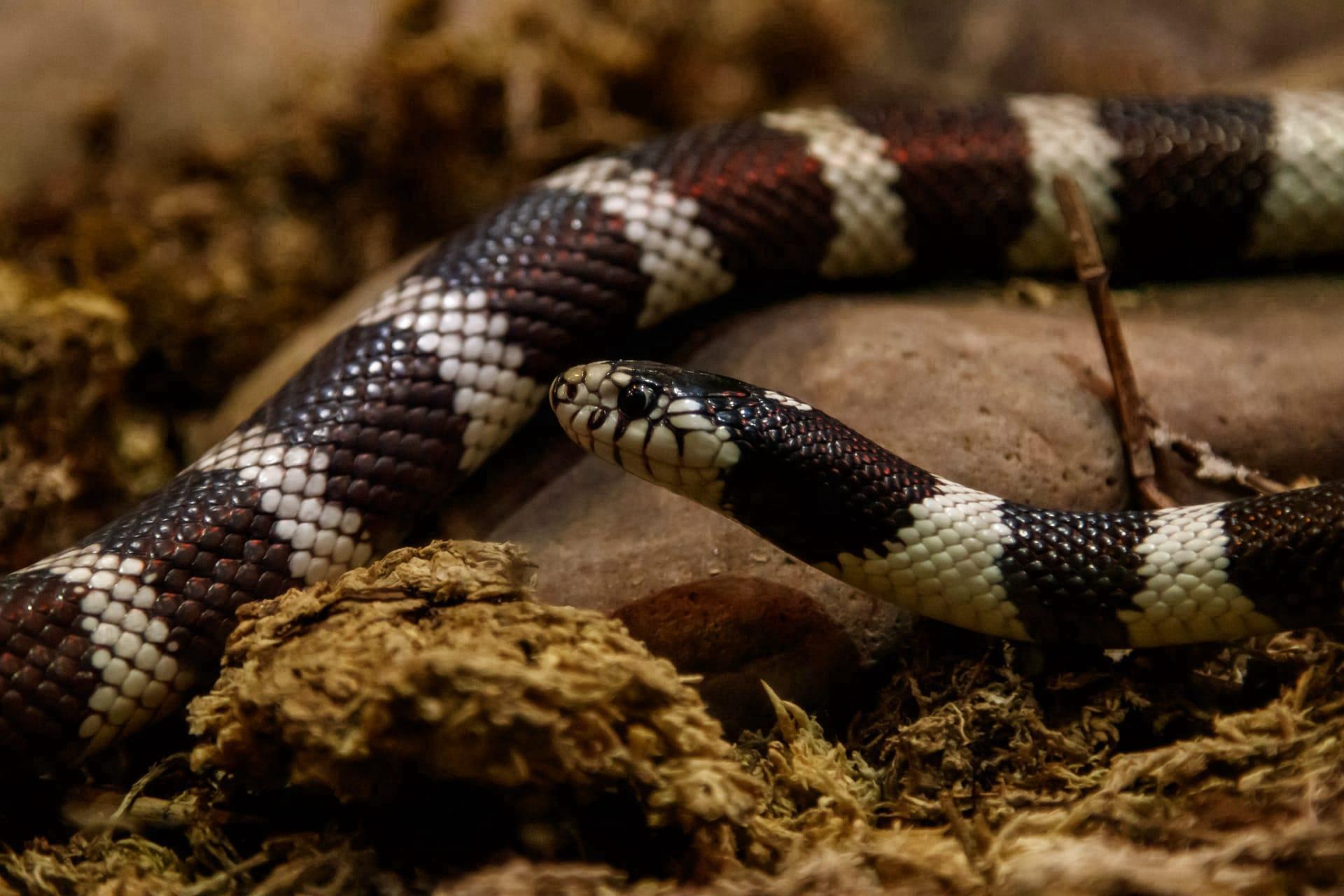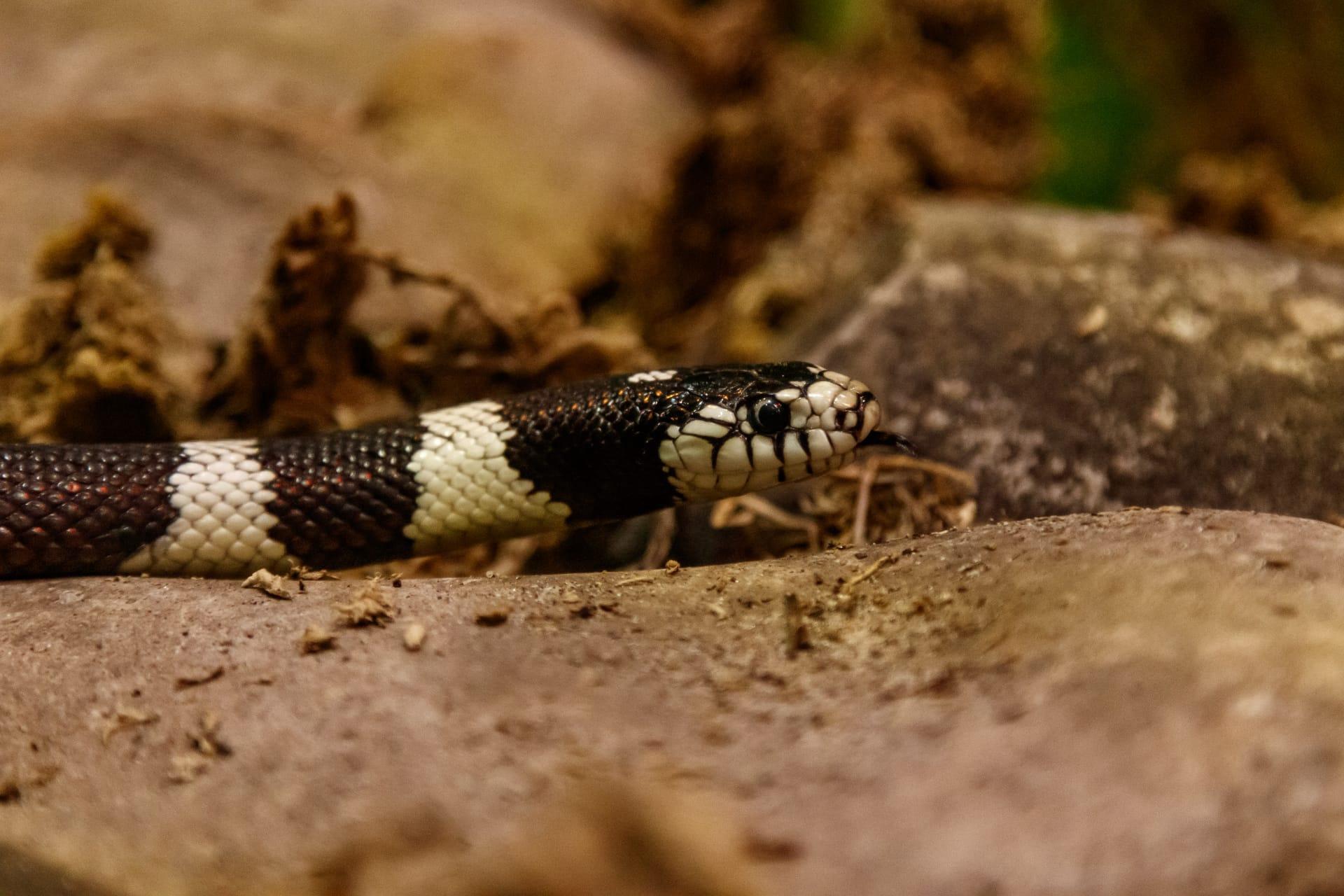King Snake Trivia
- Home /
- Trivia Question /
- Animal /
- King Snake Trivia
1
Question: How long can king snakes grow, and does their size vary significantly among different species?
Answer: King snakes, belonging to the genus Lampropeltis, can vary significantly in size depending on the species. On average, they grow to about 3 to 4 feet in length, but some species, like the Eastern King Snake, can reach up to 6 feet. Their size is not just a cool fact; it also plays a crucial role in their ability to constrict and overpower their prey, which includes other snakes, rodents, and birds.
Question: What colors and patterns are typical for king snakes, and how do these benefit them in the wild?
Answer: King snakes are known for their striking patterns and diverse colorations, which range from vivid bands of black, white, red, and yellow to more subdued, earthy tones. These patterns aren't just for show; they provide excellent camouflage in their natural habitats. For instance, the banded pattern of many king snakes mimics the venomous coral snake, which helps in warding off predators. This form of mimicry, known as Batesian mimicry, is a clever survival tactic in the wild.

2
Question: Is it true that king snakes are immune to venom from other snakes, and if so, how do they manage this?
Answer: Yes, it's quite fascinating, but king snakes do have a natural immunity to the venom of other snakes, including venomous species like rattlesnakes and copperheads. Scientists believe this immunity comes from certain proteins in the king snake's blood that neutralize the venom, allowing them to prey on venomous snakes without succumbing to their toxins. This remarkable adaptation not only provides them with a varied diet but also reduces competition for food.
Question: Are king snakes aggressive towards humans?
Answer: Contrary to some misconceptions, king snakes are generally not aggressive towards humans. They are actually quite docile and are more likely to flee than attack when encountered. If they feel cornered, they might display defensive behaviors like hissing or vibrating their tails, which is often mistaken for a rattlesnake’s warning. However, they rarely bite unless provoked or handled roughly.

3
Question: How do king snakes hunt and capture their prey?
Answer: King snakes are constrictors, meaning they use their strong, muscular bodies to wrap around and squeeze their prey until it suffocates. This method is incredibly efficient, allowing them to take on a variety of prey, including other snakes, rodents, lizards, and birds. Their powerful constriction coupled with a surprise attack strategy makes them formidable hunters in their ecosystems.
Question: Can king snakes climb trees or are they strictly ground-dwellers?
Answer: While primarily ground-dwellers, king snakes are surprisingly versatile and can climb trees and bushes in search of prey or to escape predators. They are not as adept at climbing as some other snake species, but their ability to scale vertical surfaces demonstrates their adaptability and resourcefulness in various environments, adding an aerial dimension to their hunting and escape tactics.

4
Question: What kind of habitats do king snakes prefer, and how does this affect their distribution?
Answer: King snakes are found in a variety of habitats, including forests, grasslands, wetlands, and even deserts. This adaptability to diverse environments explains their wide distribution across North America. They thrive in areas with abundant cover and prey, such as under rocks, in fallen logs, or near water sources. Their habitat preference not only influences their distribution but also their diet and behavior patterns.
Question: How do king snakes reproduce, and what is their breeding behavior like?
Answer: King snakes are oviparous, meaning they lay eggs. Their breeding season typically occurs in the spring, following a period of brumation (a form of hibernation) in the winter. Males may engage in wrestling matches to compete for females. After mating, the female lays a clutch of about 10 to 24 eggs in a hidden, moist location. The eggs hatch in about two to three months, with the young snakes being independent from birth.

5
Question: What is the lifespan of a king snake in the wild, and how does this compare to captivity?
Answer: In the wild, king snakes can live up to 20 years, though their lifespan is often shorter due to predation and environmental factors. In captivity, with proper care, they can live even longer, often reaching 20 to 30 years. This difference highlights the impact of threats in the wild and the benefits of a controlled environment with a steady food supply and absence of natural predators.
Question: Do king snakes play any significant role in their ecosystems?
Answer: Absolutely! King snakes play a crucial role in maintaining ecological balance. By preying on rodents, they help control rodent populations, which can benefit agricultural areas by reducing crop damage. Their consumption of other snakes, including venomous species, also helps regulate snake populations. Additionally, as a prey species for larger predators, they are an integral part of the food web. Their presence indicates a healthy, functioning ecosystem.